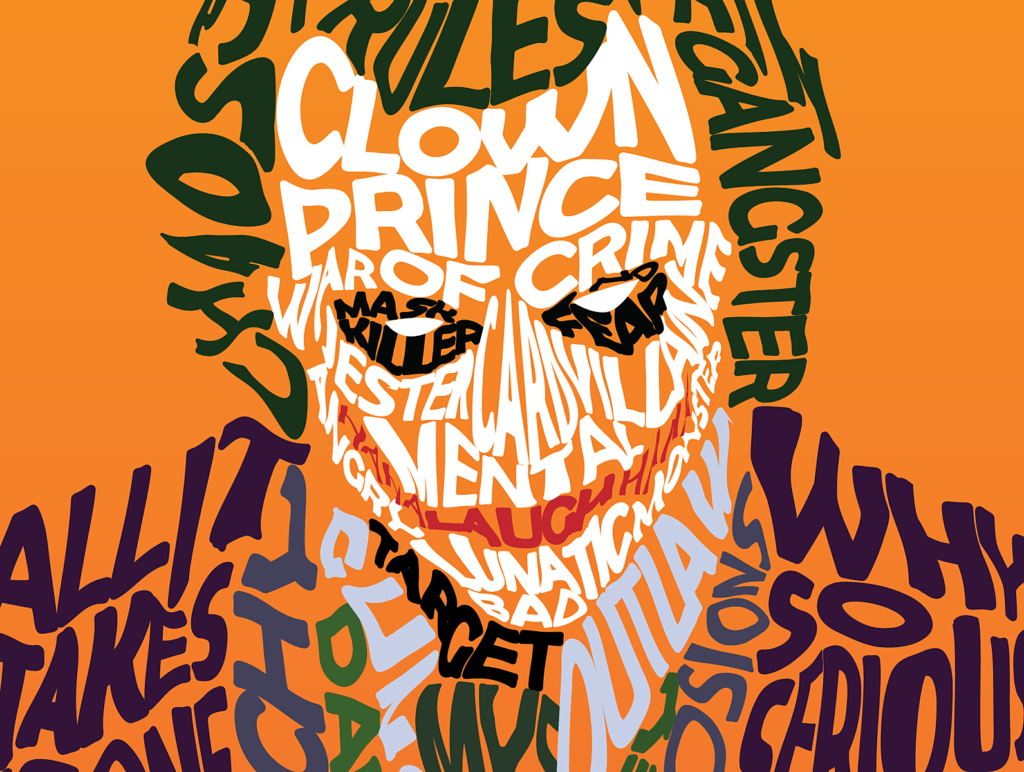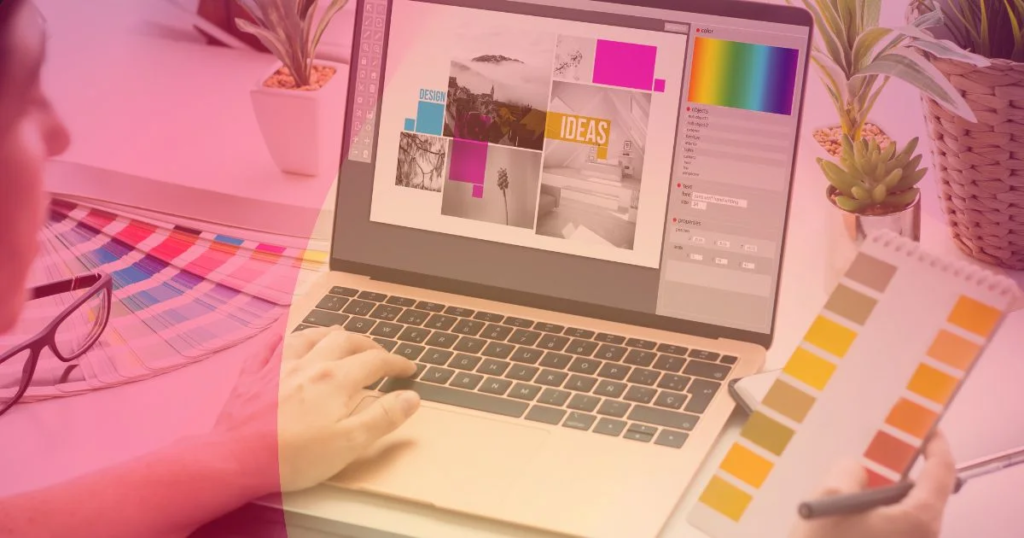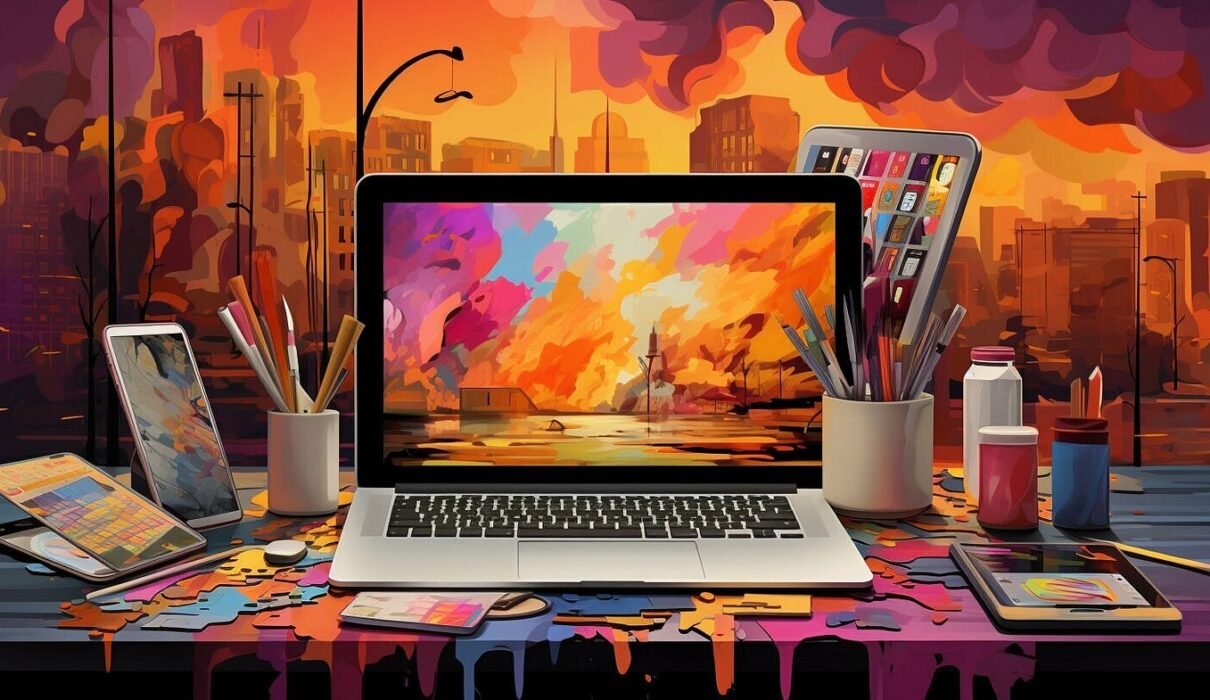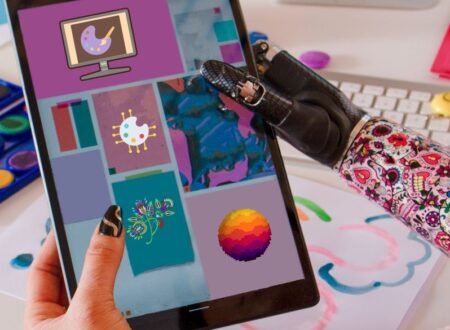In today’s fast speed of digital period, the term “digital designs” has become increasingly common, shaping the way we act with the world around us. From websites and mobile apps to the social media artwork and product interfaces, digital design plays a important role in improving user experiences. In this article, we will delve into the gripping region of digital designs, unravelling the basics and exploring how they have changed the way we realise and interest with information.

Understanding Digital Design
Digital design refers to the creation of visible content using digital tools and technologies. Unlike traditional design methods that involve physical materials, digital design support the power of computers and specific software to bring ideas to life on screens. This includes everything from the layout and philosophy of websites to the graphics in video games and the user interfaces of mobile applications.
Key Elements of Digital Design:
1. Graphics and Images
At the heart of digital design are graphics and images. Designers use softwares like Adobe Photoshop or Illustrator to craft visually important elements that transfers messages, raise emotions, and improve overall philosophy. From the logos to the banners, digital designs trust heavily on high-quality graphics.

2. Typography
Choosing the right fonts and text styles is important in digital design. Printing process power up readability and sets the speech for the overall design. Designers carefully select fonts that aline with the brand or message, guaranteeing a adhesive and visually pleasing experience.

3. Colour Palette
Colours have a significant impact on how we realise information. Digital designers carefully choose colour range that vibrates with the supposed message or brand recognition. Conformable use of colours creates a visually true experience for users.
4. Layout and Composition
The arrangement of visible elements on a digital platform is known as layout and mixture. Designers consider the power structure of information, spacing, and overall structure to guide users through the content unseamed. An illogical layout improves user experience.
Applications of Digital Design
1. Web Design
Websites are a superior example of how digital design shapes our online experiences. Web designers create design, choose colour strategy, and design hostile elements to provide users with a optically delightful and passable user interface.
2. (UI) User Interface and (UX) User Experience Design
UI and UX designers focus on creating interfaces that are not only visible attractive but also user-friendly. These designs improves the overall experience of interacting with digital products, guaranteeing efficiency and satisfaction.
3. Social Media Graphics
Social media platforms are overflowing with digital designs in the form of posts, banners, and ads. These graphics are designed to catch attention and transfer messages effectively in the fast-scrolling world of social media.
4. Mobile App Design
Mobile apps require thoughtful design to provide a logical and enjoyable enhancement for users. Digital designers work on crafting illogical interfaces and optimising the visual elements for different screen sizes.
The Evolution of Digital Design
The battleground of digital design has evolved importantly over the years, thanks to technological advancements. Early digital designs were limited by the abilities of computers and software. However, with the arrival of powerful graphics processing units (GPUs) and intelligent design tools, designers now have unexampled creative freedom.

1. Responsive Design
As the digital landscape expanded to include different devices with different screen sizes, respondent design became a demand. Designers now create layouts that vary seamlessly to desktops, tablets, and smartphones guaranteeing a conformable experience across platforms.
2. 3D Design and Animation
Modern-day digital design has been embracing three dimensional elements and animations. This adds level and responsiveness to designs, creating visually impressive and engaging content. From full of life logos to interaction website features, 3D design has opened up new creative possibilities.
3.Accumulated Reality (AR) and Virtual Reality (VR)
Digital design has longed its reach into the realms of AR and VR, offering enormous experiences. Designers create essential environments, interactive simulations, and AR overlays that enhance real-world interactions, from gaming to educational utilizes.
Conclusion
Digital design is a dynamical and ever develop field that shapes our digital experiences in intense ways. From the early days of basic graphics to the interactive designs of today’s increased reality applications, digital design continues to push the boundaries of creativity and technology. As we steer the digital landscape, it’s necessary to realize the superior skill and creation that digital designers bring to our screens, improving our online action and visual experiences.






